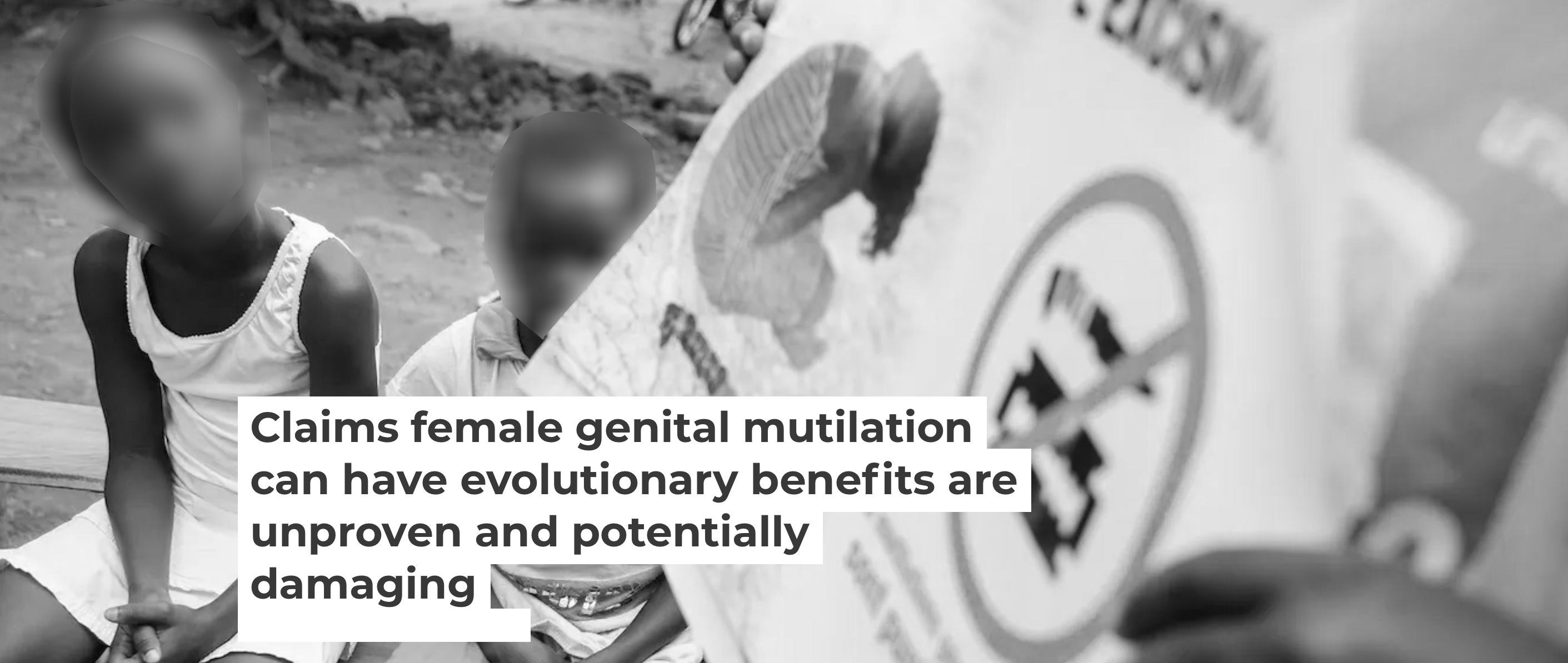By Emmanuel Rioba and Kerry Mwita
According to KDHS 2022, Migori County has a prevalence of 20% for Female genital Mutilation. This is a clear indication that Considerable progress has been made towards eradicating the vice and this is attributed to the efforts of the government, non-state actors, and frontline Anti-FGM campaigners who have been leading advocacy and action to end this form of rights violation.
The response to FGM has however faced a number of challenges. These have led to a rise of FGM cases while some go unreported. The primary problem facing response to FGM is the emerging trends in the practice of FGM. Since, the onset of the covid 19 pandemic in 2020, there have been observed new and emerging trends in the practice of FGM. This is due to increased surveillance, strict implementation of anti-FGM laws by the Kenyan government, timely reporting, and coordinated response to FGM cases. This has prompted proponents of FGM to resort to new methods to continue with the practice. These trends have derailed the efforts to respond and prevent FGM.
These emerging trends include; cross border FGM between Kenya and Tanzania, cutting at night, door-to-door cutting, masquerading the cut girls as boys, using alternative and hard-to-track routes and means of transport i.e., bodaboda and probox. The Kuria clans ordinarily conduct the cut in December but this year there have been reported cases of FGM in other unexpected months even when schools are on short and long breaks. There has also been an emerging trend of consistently changing the cut venue to avoid being arrested. The latest and worrying trend is all the 4 clans of the community conducting the cut in the same season. Usually, the ceremony is conducted by two communities in intervals of two years.
These new trends have exposed more girls to FGM in Kuria. More cases of cut girls are likely to go unreported as they may go unnoticed. There has also been high pressure and demand to the available temporary rescue centers to support the girls who are at risk or have been victims of FGM during the cutting season. These trends have also derailed prevention and response to FGM by the police due to the changing trends by the FGM Perpetrators.
To effectively respond to these emerging trends, the government, non-governmental organisations, partners and all stakeholders working in Kuria should put more efforts and strategies to effectively respond to these emerging of FGM to ensure the girls are protected when in school, during the school breaks and during the known FGM/C seasons. These includes having early plans to respond to the FGM season. These includes; continued awareness creation throughout the year, early mapping of temporary rescue centers, budget allocation by county governments to specifically respond to FGM. Continued mentorship camps for at-risk girls is also important in protecting the girls. The government and stakeholders should also make early and deliberate efforts to work with cultural elders towards ending FGM.
These early efforts will increase preparedness to respond to FGM, build collaborations with key stakeholders involved in responding to FGM, increase community surveillance, policing and reporting of cases. This will go a long way to protecting more girls from FGM through preventing the alternative emerging trends in conducting the practice.
Mr. Rioba and Mr. Mwita are youth advocates at Network for adolescents and youth of Africa




